Figures of an Era
Stories from an Era of Transformation
History is rarely the work of a single man, even a Sultan. The destiny of an empire is shaped not only by the decrees of its ruler, but by the compass of its architects, the brush of its artists, and the tireless pen of its reformers. The story of Dolmabahçe Palace—and the transformative era it embodies—was not written by the Sultan alone.
This was an age of brilliant, conflicted, and visionary minds who operated in the shadow of the throne. They were the architects who taught an ancient empire a new architectural language, the painters who crafted its modern image for the world to see, and the statesmen who fought to forge a new future from the crumbling edifice of the old. Meet the backstage masters of this grand transformation.
The Balyan Family
Translating an Imperial Dream into Stone and Marble
For generations, one family held the blueprints to the Empire’s heart. The Balyans were more than architects; they were the translators of a Sultan’s vision, turning imperial ambition into the magnificent stone and crystal reality of Dolmabahçe.
Discover the story of the dynasty that gave the Bosphorus its most iconic silhouette.
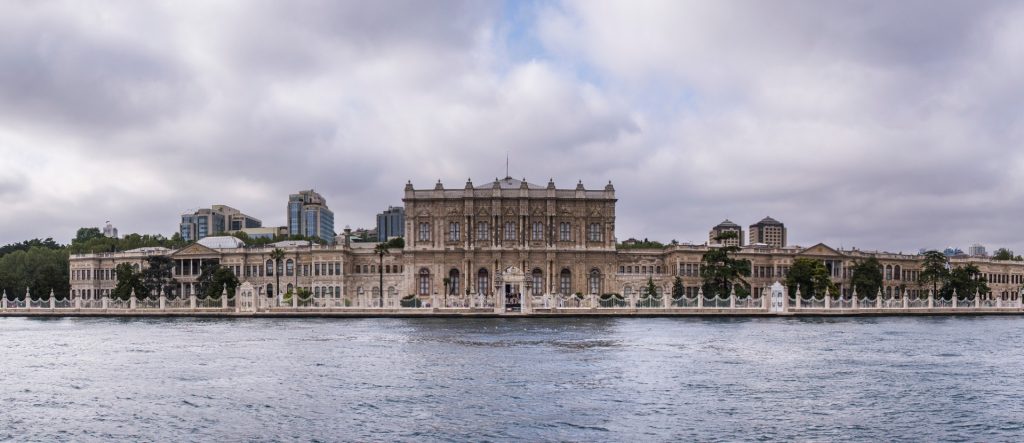
The Bosphorus Stage: How the Balyans Shaped Istanbul?

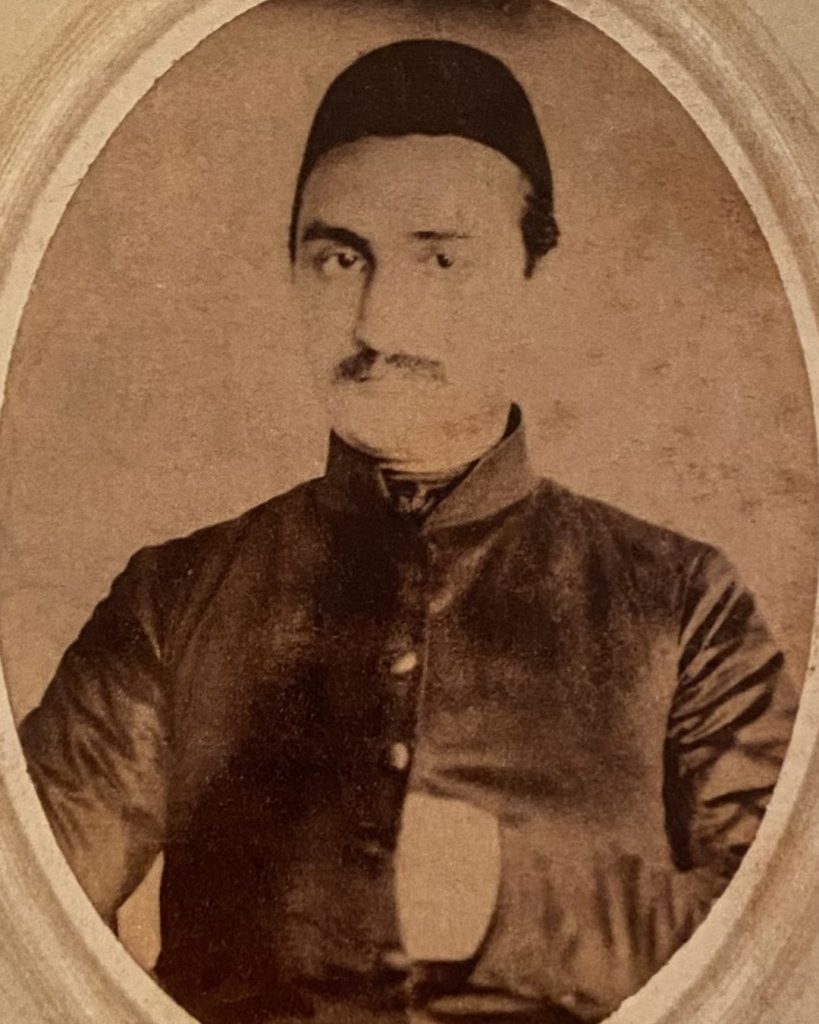
Masters of Stone and State
The Balyans did not simply build walls; they translated a political vision into stone, marble, and crystal. For generations, this dynasty of Ottoman-Armenian architects served as the imperial dreamweavers, mastering the languages of European design—Baroque, Rococo, Neoclassicism—and teaching them to speak with an Ottoman accent.
With Dolmabahçe Palace as their magnum opus, they sculpted the Bosphorus skyline, giving the empire a magnificent new face to present to the modern world.
The Heartbeat of the Court
Dolmabahçe was more than a monument; it was a living, breathing stage.
Discover the daily rituals of power: the intricate ballet of state protocol, the European operas that became the palace’s new anthem, and the unseen artisans of modernity—the telegraphers and photographers—who connected the empire to a new age.
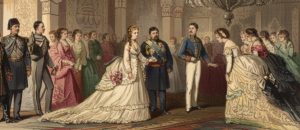
Ambassadors and Emperors: How Did a State Visit Protocol Work in Dolmabahçe Palace?
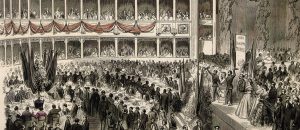
The Western Notes of the Palace: Operas Played by Muzıka-i Hümayun Musicians for the Sultan
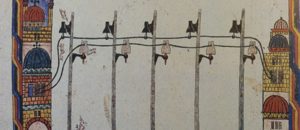
Telegraphers, Photographers, Machinists: The Hidden Heroes of Dolmabahçe’s Modern Face
Enrich Your Exploration
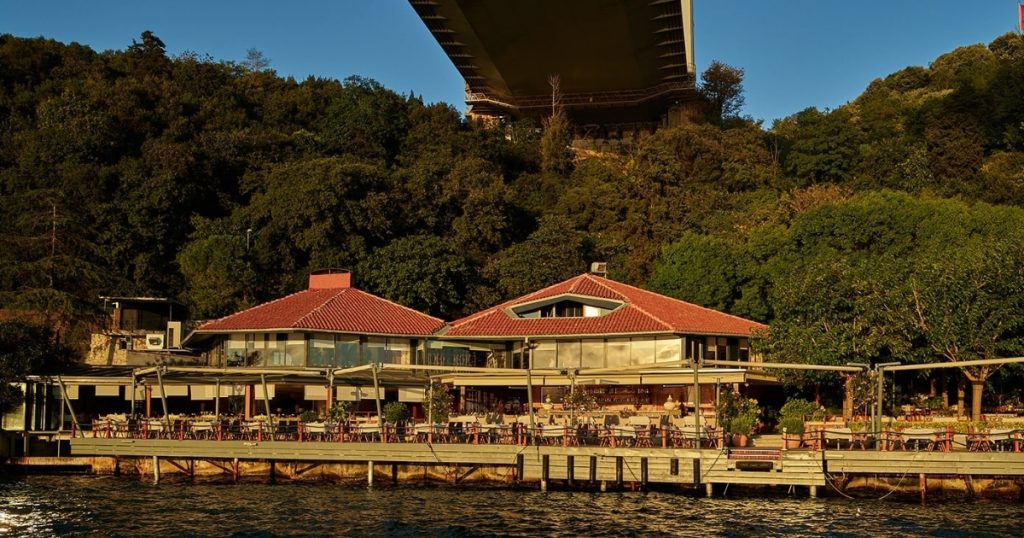
Lacivert: Your Bosphorus Table

Avis: The Keys to the City
The Sultan's Brush:
Forging an Image for the West
When the Sultan could no longer remain hidden behind the high walls of Topkapı, he needed new eyes to project his image to the world. Artists like Fausto Zonaro and Ivan Aivazovsky became the empire’s visual ambassadors to the West. They captured the splendor of imperial ceremonies, the power of its modernizing army, and the sublime beauty of its capital.
Every brushstroke was a diplomatic note, every canvas a declaration of power and sophistication, meticulously crafting the narrative of a timeless empire embracing a new age.
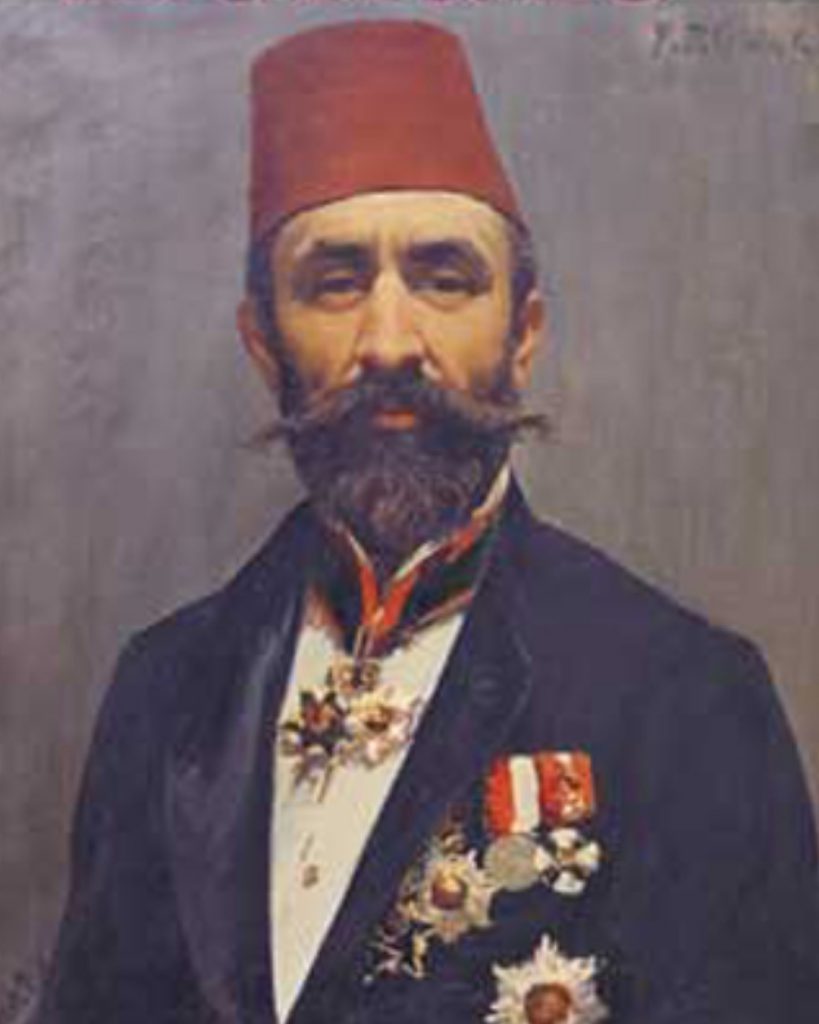
The Western Mirror
When the Empress of France
Met the Soul of the Harem
The 1869 visit of Empress Eugénie, the leading fashion icon of Europe, was a fairytale encounter where the West gazed into the heart of the Ottoman court.
It was a week of dazzling splendor, careful diplomacy, and a profound cultural exchange that left both empires forever changed. Discover the story of the visit that enchanted a city and defined an era.
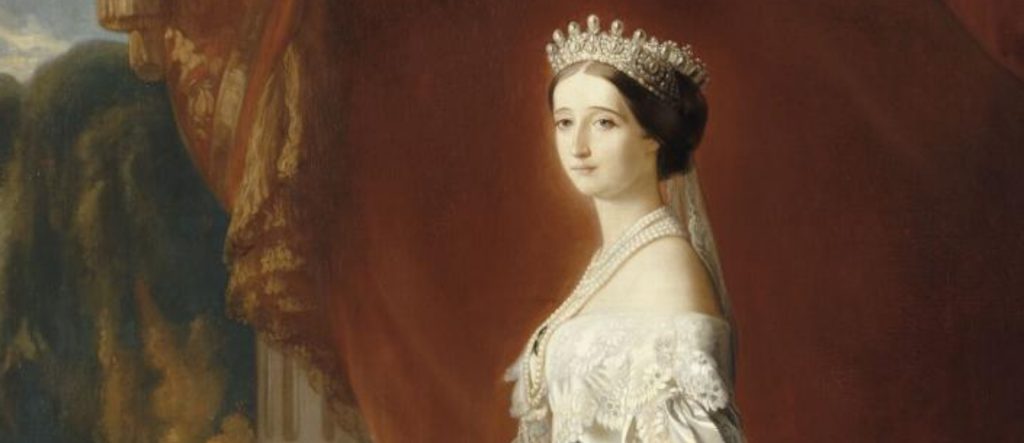
An Empress on the Bosphorus: How Eugénie’s Visit to Dolmabahçe Palace Enchanted Istanbul and the Court

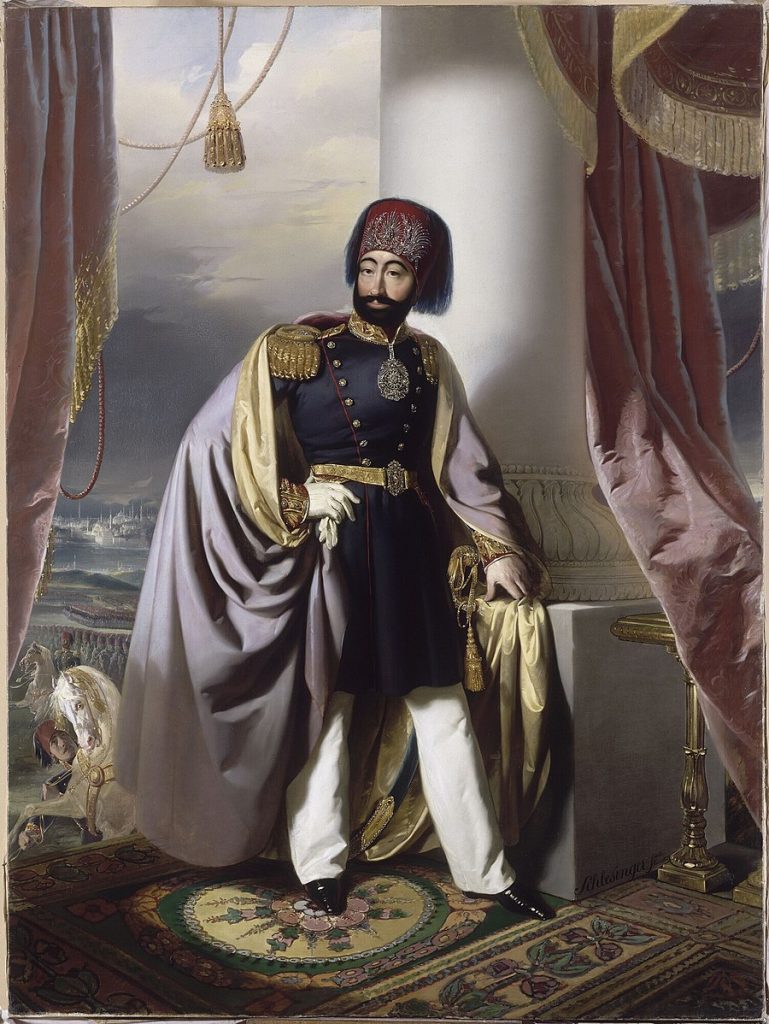
The Grand Reformer:
The Sultan Who Shattered Tradition
Sultan Mahmud II inherited a throne shackled by tradition and an army that held the empire hostage. With ruthless resolve, he committed the unthinkable: he annihilated the Janissary Corps, the centuries-old heart of the old order.
This single, bloody act cleared the ground for a new empire. He introduced the fez, Western ministries, and a modern army, single-handedly dragging his dynasty into the 19th century. He never saw Dolmabahçe, but every stone of the palace is a testament to his audacious vision.
Your Imperial Story Begins Before You Land
Turkish Airlines: Your Journey to the Empire’s Gates
The journey to the heart of the empire deserves a beginning worthy of its destination.In the spirit of world-class travel, we salute the storytellers who capture the soul of Istanbul.
Watch this stunning tribute, and see where your own story will begin.

The Grand Chessboard
The fate of the Ottoman Empire in its final century was not decided on battlefields alone, but in the gilded halls of diplomacy and the quiet offices of its bureaucracy.
Meet the Grand Viziers who outwitted Europe’s finest diplomats, the Pasha who dared to chain the Sultan with a constitution, and the last guests who arrived as allies in the twilight of an empire.
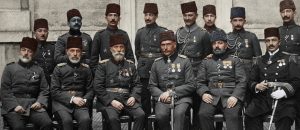
The Last Guests in the Twilight: Visits of World War I Allies to Dolmabahçe Palace
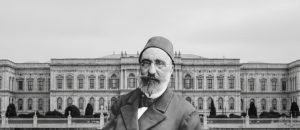
The Man Who Wrote the Constitution: Mithat Pasha’s Rise and Tragic Fall
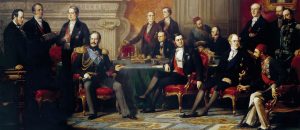
The Empire’s Last Diplomats: How Âli Pasha and Fuad Pasha Won Wars with the Pen
Frequently Asked Questionsabout Figures of the Era
Who were the Balyan Family?
The Balyans were a dynasty of Ottoman-Armenian imperial architects who defined the architectural landscape of 19th-century Istanbul. For generations, they served as the court’s master builders, translating the Sultans’ vision for a modern, European-style empire into magnificent structures of stone and crystal, with Dolmabahçe Palace as their magnum opus.
What was a "Valide Sultan" in Dolmabahçe?
While the Valide Sultan (Mother of the reigning Sultan) had always been a powerful figure, her role evolved in Dolmabahçe. She was less of a political puppeteer than her famous Topkapı predecessors and more of a grand matriarch, managing the vast imperial household and overseeing the modern, Western-style education of the dynasty’s new generation.
What does the title "Pasha" mean?
“Pasha” was one of the highest honorary titles in the Ottoman Empire, granted to senior military officers and high-ranking government officials. In the final century, figures like Grand Vizier Mithat Pasha became powerful architects of reform, often wielding more direct political power than the Sultan himself.
Why was Western influence so prominent in this era?
Faced with internal and external pressures, the 19th-century Sultans saw modernization along Western lines as a key strategy for survival. This was reflected not just in military and legal reforms, but in culture: European languages (especially French), opera, court fashion, and architecture were adopted as the new language of imperial prestige and diplomacy.
What was the "Tanzimat Era"?
The Tanzimat, meaning “Reorganization,” was a pivotal period of intense reform in the Ottoman Empire, roughly from 1839 to 1876. It was a sweeping effort to modernize the state’s military, administration, and legal systems, and it was championed by a new class of powerful, reformist bureaucrats and Pashas.
Was the Sultan still an absolute ruler in Dolmabahçe?
No. This period marks the dramatic decline of the Sultan’s absolute power. With the rise of the powerful Pashas, the declaration of a constitution, and the establishment of a parliament, the Sultan’s role was increasingly transformed from an absolute monarch into a symbolic head of state, often ruling from within a gilded cage.
Who were the "Galata Bankers"?
They were a group of influential, mostly non-Muslim financiers based in the Galata district of Istanbul. The immense cost of building projects like Dolmabahçe Palace, coupled with state debts, made these bankers the primary creditors of the empire, giving them significant indirect influence over the court and its finances.







